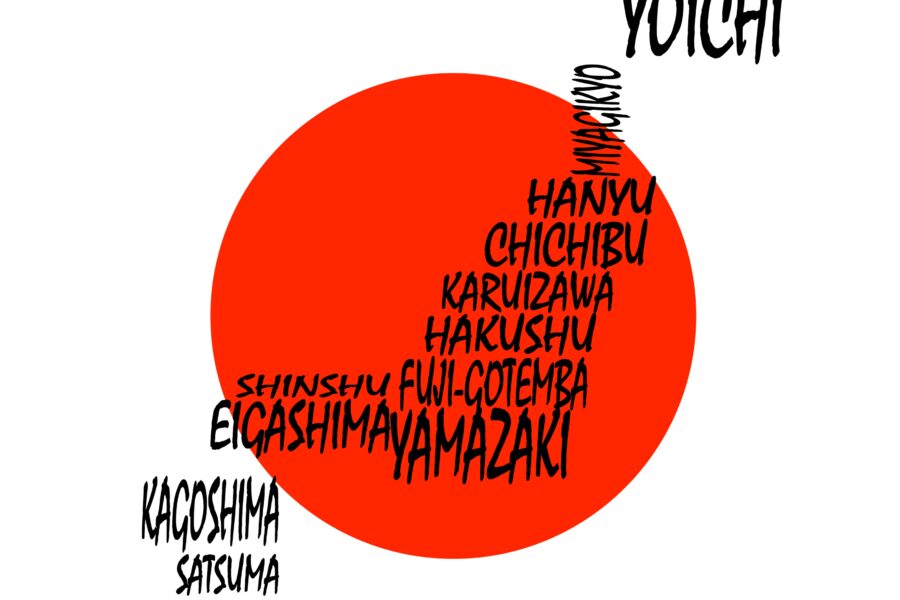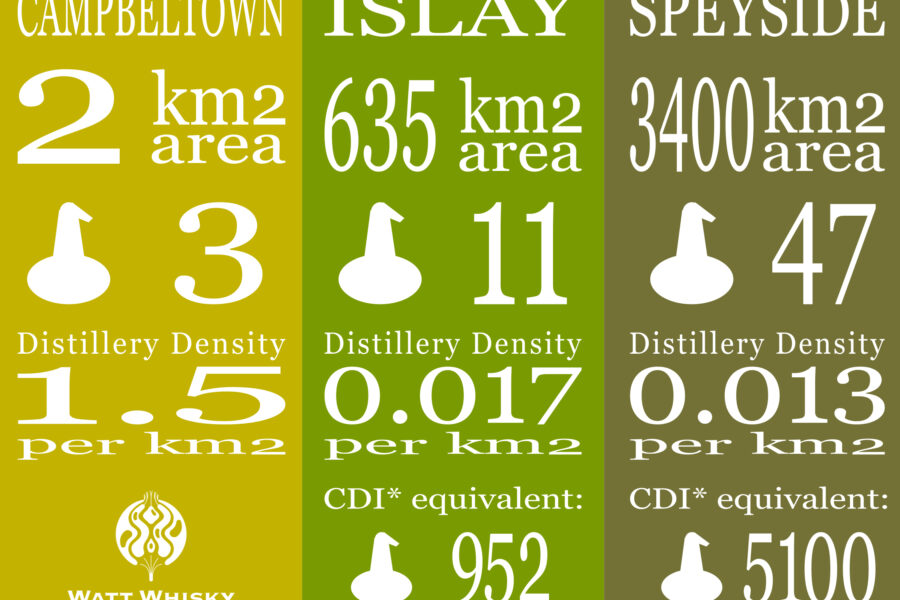Why We Never Bottle Watt Whisky at Cask Strength
Yes, you read that right. We don’t bottle at cask strength. Looking at the strengths we bottled our first two releases at you’d be forgiven for thinking we did, but we don’t.
Allow me to explain. According to the SWA;
"The term 'Cask Strength' should not be used on labels unless the product is bottled at the actual strength at which it comes from the cask. In the case of a bottling from a vatting of different casks 'Cask Strength' means the strength of the vatted product without any dilution."
Therefore, to bottle at cask strength we would have to get the cask bottled unlabelled, check the exact alcohol strength, order labels with that strength on it, wait a couple of weeks for the labels to arrive and then get the bottles labelled (paying an additional rework charge to do so) and shipped out. This, I’m sure you’ll agree, would be a bit of a faff. It costs extra time and money. Not really that desirable for a start-up company.
What we do instead is, once we’ve decided on our release, we get the casks re-gauged to find out what strength they are sitting at. We then knock about 0.5 - 1% off the strength (depending how long after the re-gauge bottling is likely to take place) and get labels printed at that, slightly lower, strength. Once the labels are printed we can get everything bottled (adjusting the strength with filtered de-ionised water as necessary), labelled and ready to ship all in one go. Much easier.

Sometimes, if a cask is still sitting at a really high strength (60%+) we might decide to reduce it even more. This was the case with the Travellers Rum in our first release, which after 13 years in the cask, was at 68% vol. We reckoned this was a bit punchy, even for us, so decided to take it down to 100 Proof (57.1% vol.). We chose 100 Proof for a couple of reasons; both of us have very fond memories of the 100 Proof Springbank (me) and the 100 Proof Macallan (Mark) from our early days in the industry (or pre-industry in Mark’s case), it’s high enough alcohol to please those that like their whisky (or rum) at cask strength but still holds its own if you want to add water to it and, by bottling at a recognised ‘classic’ strength, we didn’t feel like we were trying to pass it off as being cask strength when it wasn’t.
You may well see more 100 Proof bottlings from us in the future, as we’ve decided that’s going to be our default reduced strength from now on. That’s not to say that we’ll reduce everything that’s 60% and above (for example we left the Orkney at its full strength of 60.9%.) it’ll just depend on how we feel about each individual cask. As an added bonus, if we do reduce the strength to 57.1% it means we get more bottles out of the cask and you pay less for your bottle. Win win.
So there you have it dear Reader, the reason you will never see ‘cask strength’ on a bottle of Watt Whisky is because all our products are adjusted (or reduced to 57.1% vol) with water prior to bottling so can’t technically be described as cask strength.
Cheers.



